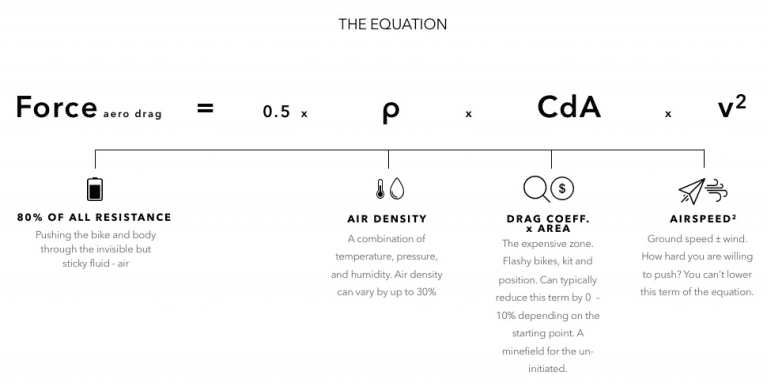

But this does not happen in the open atmosphere to any large extent. This is the cause of many industrial accidents where vessels fill with some inert gas (carbon dioxide or methylene chloride vapour have killed people entering closed vessels without care and attention, for example and volcanic lakes suddenly emitting carbon dioxide have cause major natural disasters). Thus it doesn't just come out of the air.ĭense gases can and do sink but two factors prevent that in the atmosphereĬarbon dioxide an other dense gases and vapours do sink. This follows from the law of Boltzmann probability distribution: probability of state having energy $E$ is proportional to $e^_2$, then, is in effect, already in its "maximally dissolved" state, so at an approximate equilibrium (modulo factors, such as the incessant pumping of it by manmade factories and power plants, and other fires, but the significance of these depends on the timescale in question). If the gas column was isolated and kept at constant temperature, each individual gas species in it would eventually distribute along the whole column, with number density (concentration) decreasing with height $h$, according to function Then due to density difference of pure gas fluids, the denser falls down (buoyant force isn't strong enough to keep it at fixed height). Moreover, as noted in a comment, the outdoor atmosphere is not in equilibrium but has a lot of turbulent motion, so even these gradual variations in composition that might be seen in controlled conditions are washed out in natural conditions.īecause the strict separation of gases occurs only if initially we have them in their pure form. As you go down, all components gradually become denser, the heaviest ones the fastest. Even for sulfur hexafluoride it is ~1.5 km.

In equilibrium, the vertical distance over which the density of a given gas changes substantially is termed the scale height, and is ~8 km for nitrogen, ~7 km for oxygen, and ~5 km for carbon dioxide (in Earth conditions). In the mixed gas phase, the composition varies with height due to gravitational potential energy of different molecules, but all components are present at all heights, and on human scales the variation is small. This is a real danger with suddenly introduced carbon dioxide, but not with the carbon dioxide that has been in the atmosphere a long time. If a heavy gas is introduced into an environment in a pure or somewhat pure form (from some kind of reservoir), it will initially sink and displace lighter gases. If initially separate and adjacent, they do not mix instantly, but once mixed (a process that occurs by molecular diffusion and is accelerated by macroscopic stirring or convection, just as for liquids), they do not spontaneously unmix.ĭuring the time before substantial mixing occurs, gases behave somewhat like you may be picturing for immiscible liquids, e.g., water settling below oil.


 0 kommentar(er)
0 kommentar(er)
